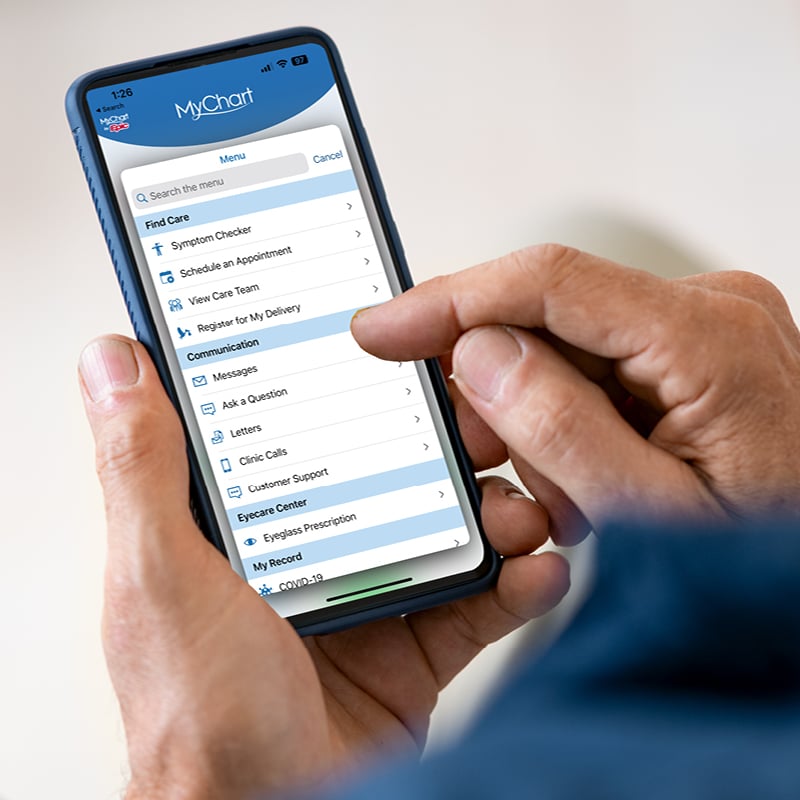Bone Density Test (DEXA or DEX)
If your doctor recommended a bone density scan at UC San Diego Health, this page explains the test, why it's done, how to understand your T-score and how to prepare.
What Is a Bone Density Test?
A bone density test, also known as a DEXA scan (dual-energy X-ray absorptiometry), is a quick, painless exam that measures the strength and density of your bones. It helps assess your risk of fractures, especially if you are at risk for osteoporosis.
How It Works
During the scan, you lie on a table while a scanner passes over your body. It typically focuses on your hips and spine, using low-dose X-rays to evaluate bone density. The test is noninvasive and usually takes about 10 to 20 minutes.
Why You Might Need a Bone Density Test
Bone density testing is commonly used to:
- Assess your risk for osteoporosis
- Evaluate bone health in postmenopausal women
- Determine fracture risk in older adults
- Monitor the effects of long-term steroid use on bones
Preparing for Your DEXA Scan
To get the most accurate results, keep the following in mind:
- Clothing: Wear comfortable clothes without metal snaps, zippers or buttons. If your clothing contains metal, you may be asked to change into a gown.
- Supplements: Avoid taking calcium supplements for 24 hours before the scan.
- Other tests: Don't schedule your DEXA scan within 24 hours of any imaging tests that use contrast dye.
After Your Scan
A radiologist will analyze and evaluate the images, and your doctor will go over the results with you. If your bone density is low, your care team may recommend lifestyle changes, calcium and vitamin D supplements or medications to strengthen your bones and help prevent fractures.
Understanding Your T-score
Your scan results include a T-score, which compares your bone density to that of a healthy young adult:
- Normal: Above -1.0
- Osteopenia (low bone mass): Between -1.0 and -2.5
- Osteoporosis: -2.5 or lower
Your T-score helps your doctor determine your risk of fractures and recommend appropriate care.
Bone Health Doctors
Our endocrinologists can help you maintain bone health and reduce your fracture risk with age.
Patient Help Center
We know that navigating health care can feel overwhelming. Our team is here to make your experience as smooth and supportive as possible. Below, you’ll find resources to guide you every step of the way, from scheduling your appointments to accessing your results.
Locations
Advanced Imaging, Trusted Results
At UC San Diego Health, our specialized expertise, advanced technology and collaborative approach ensure fast, accurate imaging services. Our team-based model empowers you and your doctors with the precise information needed to make confident, informed treatment decisions. Explore our imaging services:
Driving Innovation to Transform Lives
UC San Diego Health is at the forefront of advancing imaging technology to enhance patient care.
Our breakthroughs are reshaping health care — making it more efficient, accessible and personalized — so that every patient receives the highest quality of care.

Download MyUCSDHealth App
Use our free app to access records on your phone or tablet.
Download MyUCSDHealth App
Use our free app to access records on your phone or tablet.